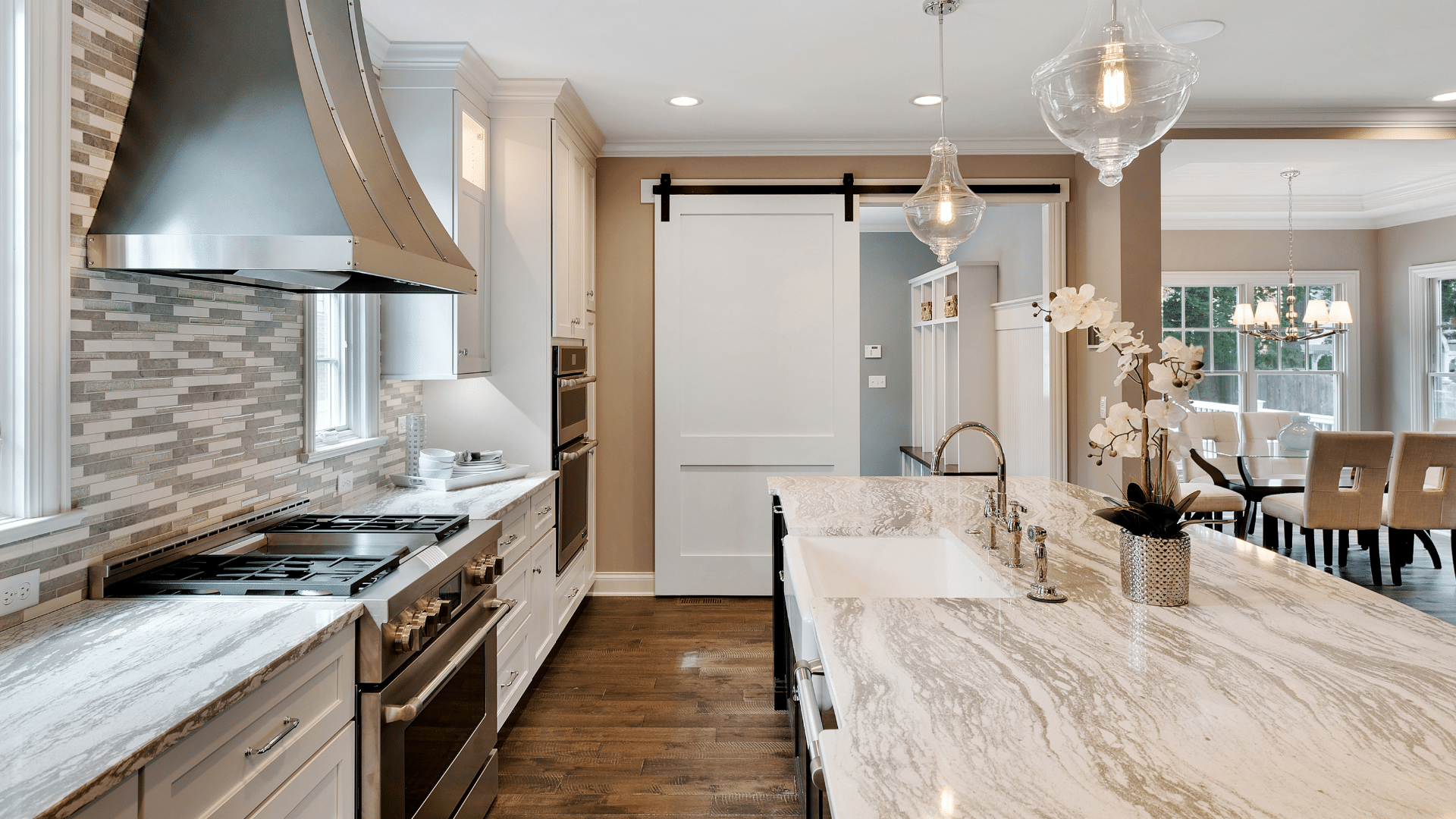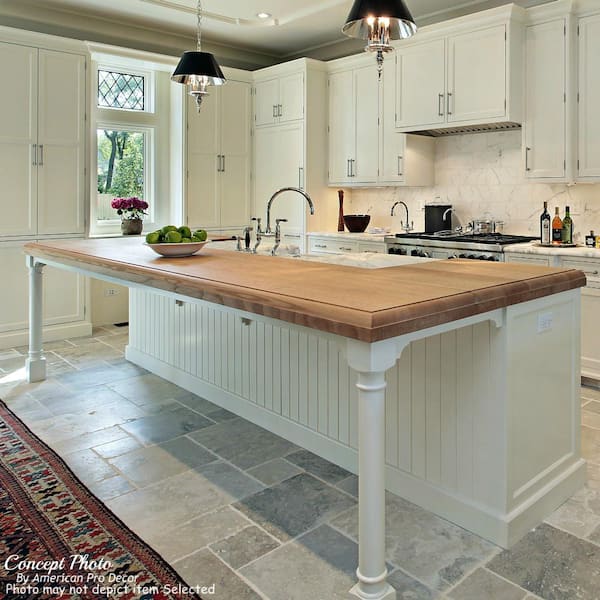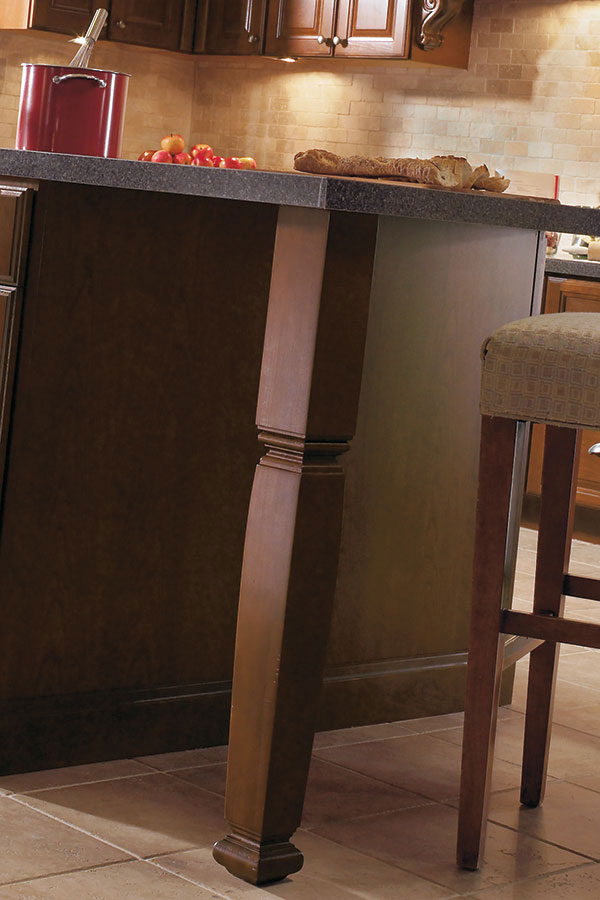Distinct Kitchen Island Legs for a Personalized Kitchen Look
Distinct Kitchen Island Legs for a Personalized Kitchen Look
Blog Article
Essential Tips for Picking the Perfect Table for Your Kitchen
Picking the ideal table for your cooking area is greater than simply a matter of taste; it demands an extensive understanding of your space and requirements. Begin by gauging your readily available space to make certain adequate clearance for activity. The shape of the table plays an essential function; while rectangular tables fit larger areas, rounded ones foster intimacy, and extendable alternatives use adaptability. Material option is just as crucial, with hardwoods giving sturdiness and glass loaning a modern-day touch. Lastly, the table should harmonize with your kitchen's looks and suit your household comfortably. What other factors might influence this essential decision?
Step Your Space
Choosing the perfect eating table starts with a careful assessment of your readily available area. This fundamental action makes certain that the table not just fits pleasantly within the space however additionally enhances the overall design and capability of your dining location. Begin by gauging the measurements of the space, considering entrances, home windows, and any kind of existing furniture. This will assist you establish the optimum allowed size for your dining table.
Consider the circulation of movement around the table. It is important to leave appropriate room for chairs to be pulled out and for people to move around the table without obstruction. A basic general rule is to permit at the very least 36 inches of clearance from the edge of the table to the nearby wall or furniture piece. This guarantees convenience of access and comfort throughout dishes.
Additionally, consider the variety of individuals you typically captivate and whether you need added area for visitors. Choosing an extendable table can supply flexibility, allowing you to accommodate differing varieties of restaurants. By accurately gauging your space, you lay the foundation for choosing a table that enhances both the visual appeals and functionality of your eating location.
Pick the Right Shape

On the other hand, round tables are excellent for smaller kitchens or intimate events, as they advertise conversation by permitting everyone to face each various other. They additionally offer a sense of coziness and can fit well in tighter areas as a result of their lack of sharp corners. Oval tables supply the very best of both worlds, combining the size of rectangle-shaped tables with the affection of rounded ones, making them versatile for different setups.
Square tables are an additional alternative, especially suited for square-shaped rooms. They develop a balanced and modern appearance, fostering an equivalent dining experience for all seated.
Product Factors To Consider
When choosing a dining table, product considerations are extremely important in determining Discover More Here the table's resilience, maintenance requirements, and total aesthetic. Timber is a timeless selection, offering classic allure and robustness.
Glass-topped tables give a contemporary, smooth appearance and can make a room show up bigger as a result of their transparency. They need constant cleansing to prevent fingerprints and smudges. In addition, tempered glass is recommended for its added stamina and safety.

Lastly, composite products like MDF (Medium-Density Fiber board) or plywood are affordable options. These products can mimic the look of strong timber yet might not provide the exact same long life. They are generally easier to tidy but can be prone to water damage if not correctly secured.
Inevitably, the selection of product should align with your kitchen area's design, your way of life requires, and your budget restrictions. (kitchen island legs)
Seating Ability and Comfort
How do you establish the best seating ability and convenience for your table? This critical action involves examining both the physical room available in your kitchen area and your home's useful demands. Begin by determining your kitchen location to ensure the table fits conveniently, allowing at the very least 36 inches of clearance around it for easy movement. Consider the variety of people who typically eat with each other, as this will affect the table dimension. For a family members of 4, a rectangle-shaped table of 48 inches long or a round table with a 48-inch size is generally sufficient.
The elevation of the table need to ideally be around 30 inches, providing a well balanced ergonomic stance for seated restaurants. Chairs should have a seat elevation of 18 to 20 inches to ensure a comfy dining stance.
Design and Aesthetics
Selecting an eating table that suits your style and looks includes stabilizing individual preference with the existing design of your eating space. The dining table is often the centerpiece of the kitchen area, and its layout needs to Going Here match the overall theme of the Learn More Here space. Whether your kitchen area boasts a modern, minimal appearance or a rustic, farmhouse appeal, the table you select should integrate with these aspects to develop a natural and inviting environment.
Take into consideration materials meticulously; wood uses a timeless charm and can vary from abundant mahogany for a typical aim to lighter oak for a modern feeling. Metal and glass tables, on the various other hand, can introduce a streamlined, industrial edge to your kitchen. Don't ignore the table's shape-- rectangle-shaped tables are timeless and flexible, while round and oval choices can cultivate an extra intimate eating experience.
Additionally, pay very close attention to details and finishes. A troubled coating could include character and heat, whereas a glossy surface can add to a clean, contemporary visual. Ultimately, your table should not just healthy perfectly into your kitchen's style yet also mirror your personal style, elevating the area both functionally and visually.
Verdict
In conclusion, picking the perfect dining table for a cooking area demands careful examination of area, form, material, seating capacity, and visual consistency. Ultimately, a well-chosen dining table promotes an inviting environment and accommodates the house pleasantly, hence boosting the eating experience.

When choosing an eating table, product considerations are extremely important in figuring out the table's toughness, upkeep needs, and general visual. For a family of four, a rectangular table of 48 inches long or a round table with a 48-inch size is normally adequate.
Do not overlook the table's shape-- rectangular tables are functional and timeless, while round and oval choices can cultivate an extra intimate eating experience. kitchen island legs.
Report this page